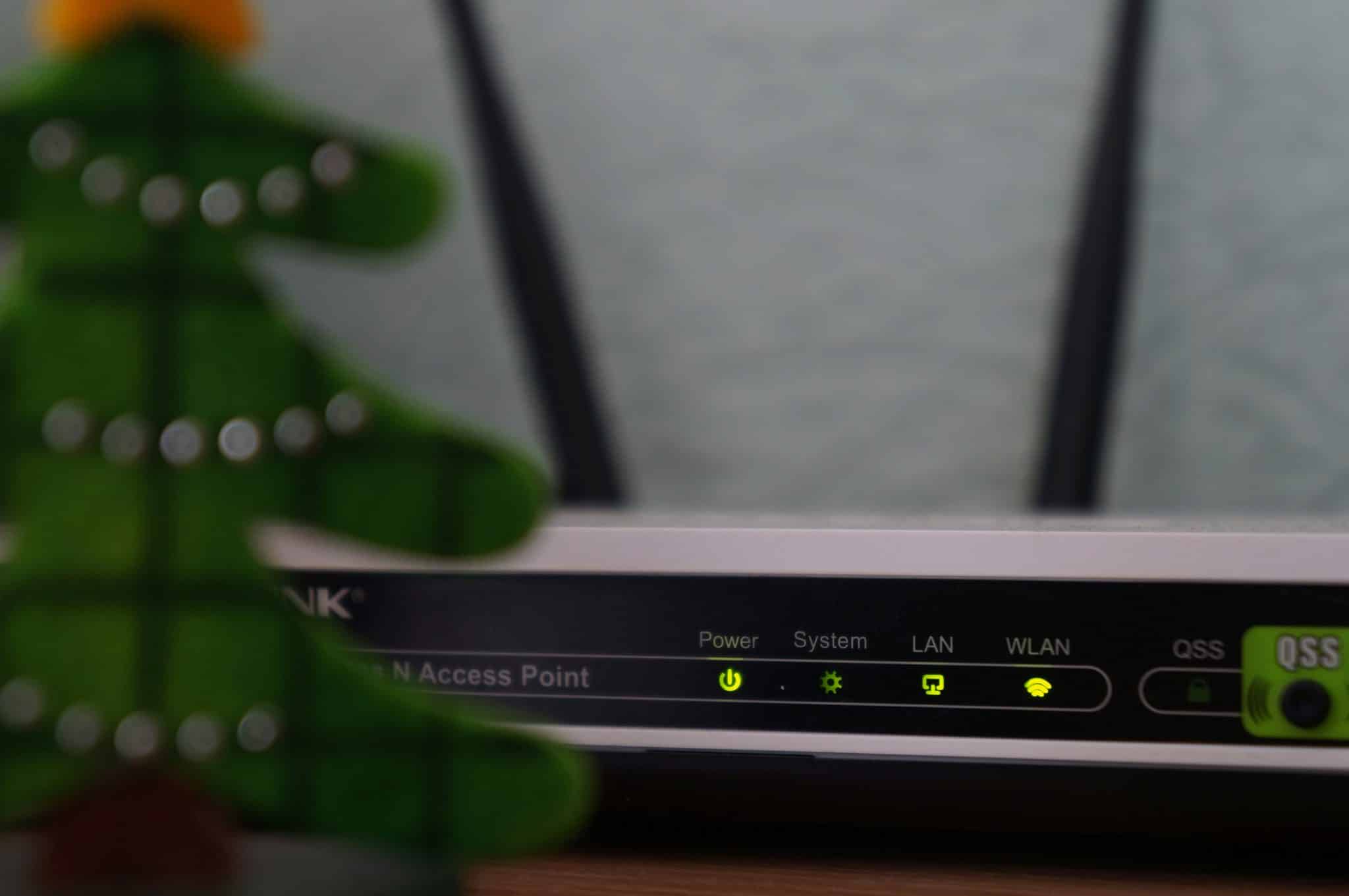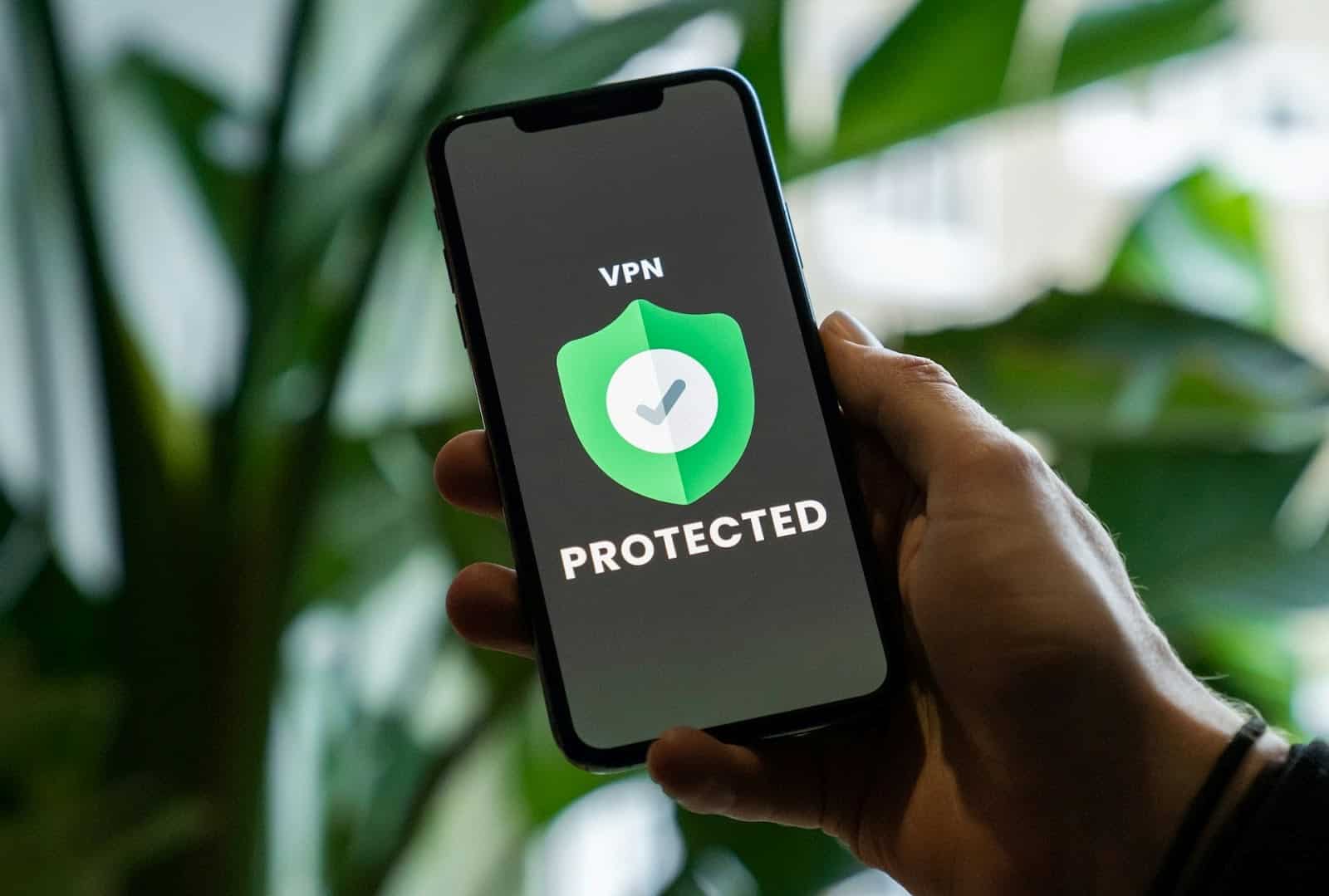How to Enhance Your Company’s Cybersecurity Posture


Have you ever wondered if your company is truly safe from cyber threats? With the growing number of cyberattacks each year, it’s a question that more businesses need to ask. Many companies believe they have adequate protection, only to discover that one weak point can cause a major breach. In today’s digital world, staying safe online isn’t just an option—it’s a necessity. Whether your business is small or large, having a strong cybersecurity posture is critical for long-term success and customer trust.
In this blog, we will share how to enhance your company’s cybersecurity posture effectively.
Build a Culture of Cyber Awareness
A company’s security starts with its people. Employees often serve as the first line of defense against cyber threats. If they don’t understand what a phishing email looks like or why a strong password matters, they can accidentally open the door to hackers. That’s why building a culture of cyber awareness is essential. Hold regular training sessions. Use real examples to show employees what to look out for. Make it part of your onboarding process so new hires start on the right foot.
Encourage your team to ask questions and report anything that seems suspicious. Offer easy-to-follow guidance and make sure people know who to contact when they notice a problem. You can even run internal phishing tests to see how well your team responds. When people understand how their actions affect cybersecurity, they’re more likely to think before clicking or downloading something risky. Over time, this awareness becomes second nature.
Use the Right Tools to Monitor and Respond
Cybersecurity is not just about stopping attacks—it’s about spotting them early and responding quickly. That’s where the right tools make a big difference. One of the most valuable tools available is a threat intelligence platform. These platforms help companies gather data about threats, analyze patterns, and alert teams about possible dangers in real time. They can track known malware, risky IP addresses, and other red flags that may not be obvious to the human eye. When you pair this kind of platform with skilled IT staff, you can act before damage is done.
The key is to use tools that work well together. Firewalls, antivirus software, and monitoring systems should all be part of your setup. Make sure your team reviews logs and alerts daily. This keeps small issues from becoming big problems. Fast responses matter when dealing with cybersecurity. A delayed reaction can allow a threat to spread or steal data. With the right systems in place, your company can defend itself more effectively and bounce back faster when something goes wrong. Cybersecurity tools don’t replace people—but they help people do their jobs better.
Keep Your Systems and Software Up to Date
Outdated systems are one of the biggest weak points in any cybersecurity plan. Hackers look for old software with known bugs. If your systems aren’t updated, they become easy targets. Many cyberattacks happen not because a company lacked security tools but because they didn’t install the latest updates. That’s why keeping everything current is so important. This includes operating systems, third-party apps, plugins, and hardware drivers. Updates often fix holes that hackers love to exploit.
It helps to set up a schedule for checking updates and applying patches. You can use tools that alert you when something is out of date or even automate the updates when possible. This reduces the chance of human error. Also, consider removing software you no longer use. If it’s sitting unused, it may not get updated, and that creates risk. A clean, updated environment is a more secure one. Staying up to date might seem simple, but it makes a big difference when it comes to defending against threats.
Limit Access to Sensitive Data
Not everyone in your company needs access to all files. When too many people can see or edit sensitive data, it increases the risk of mistakes or breaches. That’s why it’s important to control who has access and when. Use a principle called “least privilege,” which means giving employees only the access they need to do their jobs—nothing more. For example, someone in sales probably doesn’t need access to HR files. Keeping roles clearly defined helps reduce unnecessary risk.
You can set up user roles and permissions through your network settings. Review access logs often to spot anything unusual. If someone logs into an area they shouldn’t be in, that’s a red flag. Also, when someone leaves the company, remove their access right away. Dormant accounts are a common path for cybercriminals. Managing access carefully helps protect your most valuable data. It creates a system where everyone has what they need and nothing more—keeping your information safer in the process.
Back Up Your Data Regularly
Even with the best defenses, things can still go wrong. That’s why backups are so important. If your systems go down or get attacked, you’ll need a way to restore your data quickly. A strong backup plan helps your business recover faster. It also protects you from data loss caused by accidents, natural disasters, or ransomware attacks. Think of backups as your safety net—they give you something to fall back on when other systems fail.
Make sure your backups happen on a regular schedule. Daily backups are ideal for most businesses. Store copies in more than one place, such as a secure cloud service and an external hard drive. Test your backups from time to time to confirm that they actually work. A backup that can’t be restored isn’t helpful. Also, keep sensitive backup files encrypted. This adds an extra layer of protection. With regular backups, you don’t have to live in fear of data loss—you’ll know you’re prepared for the unexpected.
In conclusion, your company’s cybersecurity posture reflects how seriously you take protecting your people, your data, and your future. You don’t need a massive budget or the latest tech to make real progress. Start by creating a culture where everyone understands their role in security. Use the tools and strategies that fit your business and keep learning as new threats appear. Every step you take brings you closer to a safer, stronger company. In the end, your commitment to cybersecurity builds more than protection—it builds trust.









